In Search of Commonality: Plant communities exhibit a wide variety of responses to global change
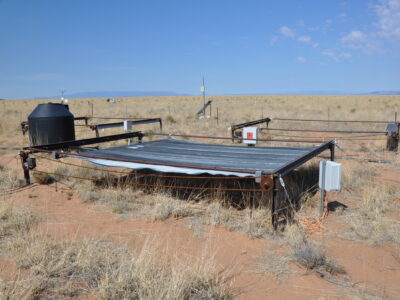
All plants are somehow affected by global change, but their responses are inconsistent between ecosystems, a LTER Synthesis group finds.

All plants are somehow affected by global change, but their responses are inconsistent between ecosystems, a LTER Synthesis group finds.
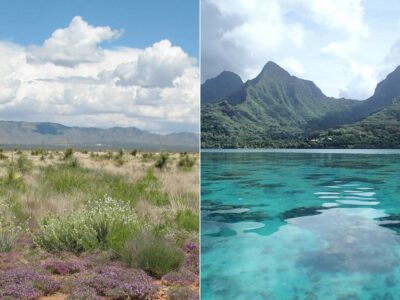
The LTER Synchrony Synthesis group links richness synchrony to ecosystem stability in a new study, showing synchrony is a key control on ecosystem functions.
Molly Fisher and James Guinnip pen this entry for the SSALTER Blog, describing stream research in the Konza prairie Ecosystem.

It stands to reason that variable environmental conditions would support greater plant diversity, but few experiments have offered concrete support for the “environmental heterogeneity hypothesis.” In re-establishing tallgrass prairie, the correlation took over 15 years to emerge.

Background and plans Many global change drivers (GCDs) lead to chronic alterations in resource availability. As communities change through time in response to these GCDs, the magnitude and direction of ecosystem responses are also predicted to change in a non-linear fashion. We proposed to examine whether plant community dynamics are predictive of shifts in ecosystem… Read more »
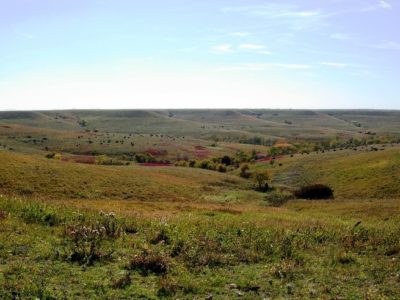
There is a surprising connection between the loss of prairie habitat in the Great Plains and the fate of Monarch butterflies. They may not be iconic in the American West, but Monarchs are important pollinators and prey for other species – and their populations in the United States are in steep decline. This is due… Read more »
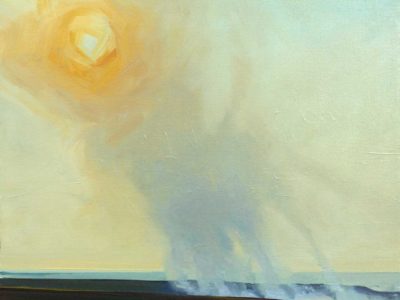
Lisa Grossman‘s work ranges from depicting the role of fire in maintaining the tallgrass ecosystem to traditional landscape studies. Grossman has lectured on her plein air work during the Natural Resources and Environmental Sciences capstone course for Kansas State University and the KNZ LTER research group. Her paintings are available at Strecker-Nelson West Gallery in… Read more »
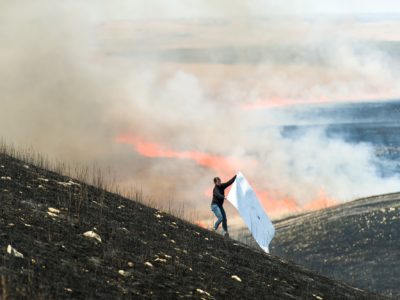
Kansas State University Associate Professor of Art Erin Wiersma creates “paintings” using charred prairie biomass by working directly with the researchers during prescribed watershed burns at Konza Prairie Biological Station. She delivered a public lecture in February 2019 at the Mariana Kistler Beach Museum of Art, Kansas State University (After the Burn: Artist talk by… Read more »
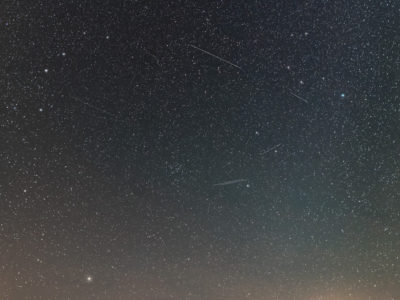
Credit: Alan DyerElizabeth Dodd‘s creative nonfiction essay “Constellation” draws on a narrative of the observed tallgrass prairie and the night sky. Informed by the patchwork of burned and unburned grassland on Konza Prairie, she contemplates the star constellations named by indigenous plains peoples, their languages, and the phenomenologically-perceived world. The essay is included in the… Read more »
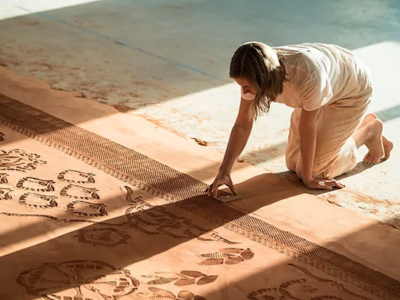
The Tallgrass Artist Residency frequently collaborates with the Konza Prairie Biological Station. For more information, visit the program website. Rena Detrixhe, 2017 Tallgrass Artist in Residence, combines collected or scavenged materials and repetitive process to produce large, meticulous art installations. She uses a poetic understanding of time, material, history, and place to illustrate constant reckoning… Read more »